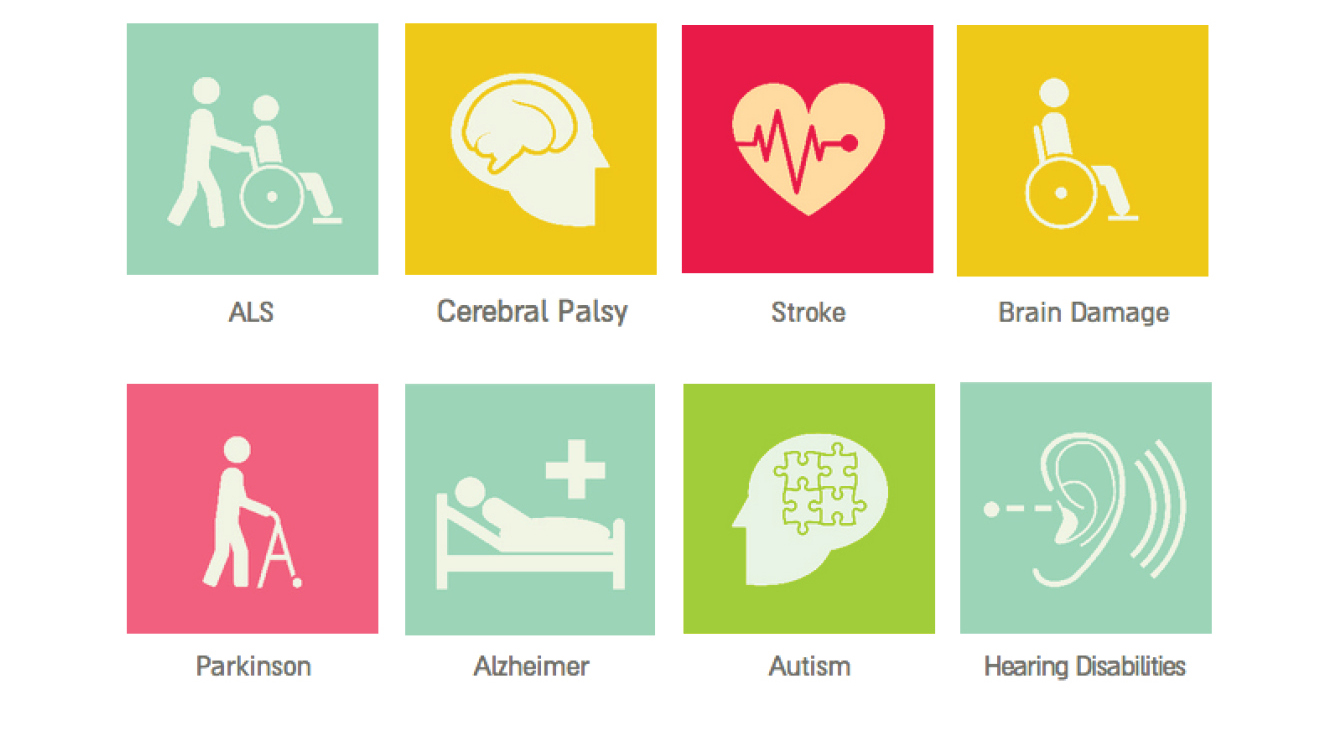�This system could allow someone like me to focus on social interactions versus environmental aspects. It would lessen the tradeoffs I have to make whenever I�m multitasking.� - Darryl Adams, Intel employee
We saw in our last post how wearables like Reemo are taking gesturing to a totally new level. Intel, in a not so secret lab is also working on designing a wearable that will help the blind and visually impaired get a better sense of their surrounding so they could take the right actions.
We saw in our last post how wearables like Reemo are taking gesturing to a totally new level. Intel, in a not so secret lab is also working on designing a wearable that will help the blind and visually impaired get a better sense of their surrounding so they could take the right actions.
This wearable, called environmental sensing system, consists of a camera and six sensors attached to
various points of a jacket. As objects or people approach the wearer, the sensors on the shirt detect the distance and direction of said object and vibrate, thus giving the wearer a sense of their immediate environment and letting them take necessary action. Here's a simple example - a blind person with this wearable is being approached by someone from the left to greet them. With the left sensors detecting the direction and distance of the person approaching and vibrating, the wearer can immediately turn to their left and extend their hand out to greet. Similarly, in social situations, the wearer can stay engaged and focused on a conversation with someone and not worry about what's approaching them because they know that their jacket will inform them. This is especially important for people who are always in a state of mild anxiety because they are trying to figure out what's around them so they don't bump into them or fail to react to social cues.
various points of a jacket. As objects or people approach the wearer, the sensors on the shirt detect the distance and direction of said object and vibrate, thus giving the wearer a sense of their immediate environment and letting them take necessary action. Here's a simple example - a blind person with this wearable is being approached by someone from the left to greet them. With the left sensors detecting the direction and distance of the person approaching and vibrating, the wearer can immediately turn to their left and extend their hand out to greet. Similarly, in social situations, the wearer can stay engaged and focused on a conversation with someone and not worry about what's approaching them because they know that their jacket will inform them. This is especially important for people who are always in a state of mild anxiety because they are trying to figure out what's around them so they don't bump into them or fail to react to social cues.
The video below shows Intel CEO Brian Krzanich talk a bit about this wearable. In the middle of the video he also brings in Darryl Adams, an Intel employee who was diagnosed with Retinitis Pigmentosa 30 years ago and has lost almost all of his vision (he can see less than 20% of what sighted people see). Darryl explains how this wearable has helped him in day to day life and changed his life by making him more aware of his environment.
This technology will be made open source later this year and anyone can build upon it to improve the technology, the products it will be used with, and bring more comfort and convenience to visually impaired people.
Hit the source link to learn more about the prototype and what went behind the scenes to make it happen.
Source: Intel
Hit the source link to learn more about the prototype and what went behind the scenes to make it happen.
Source: Intel











